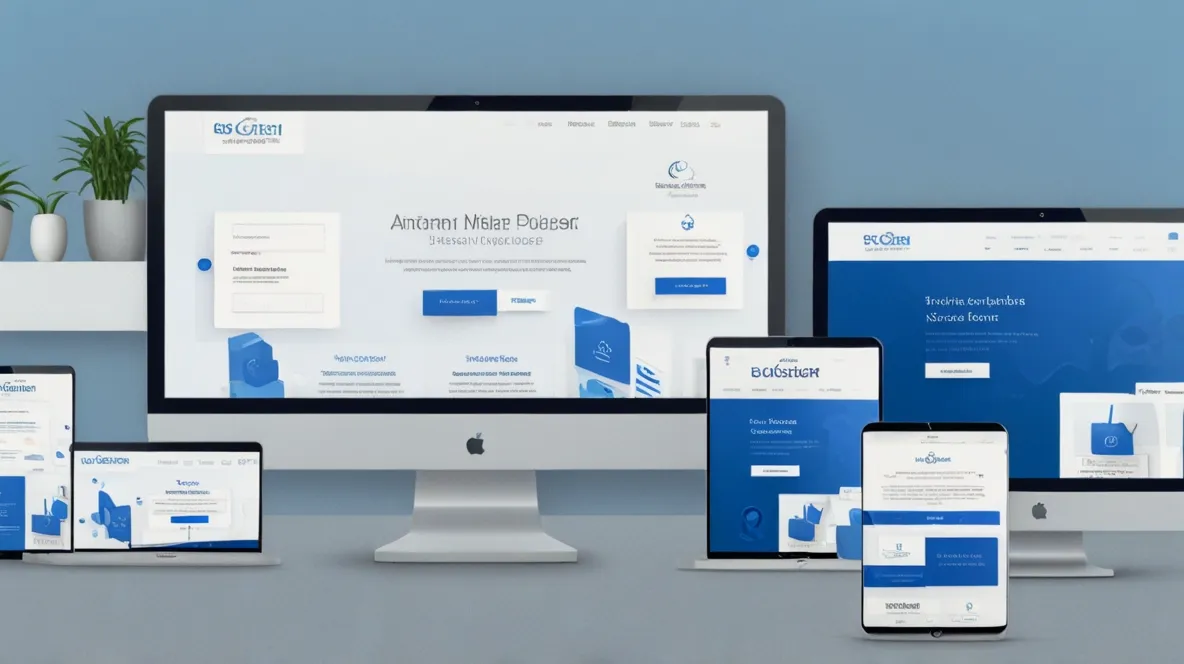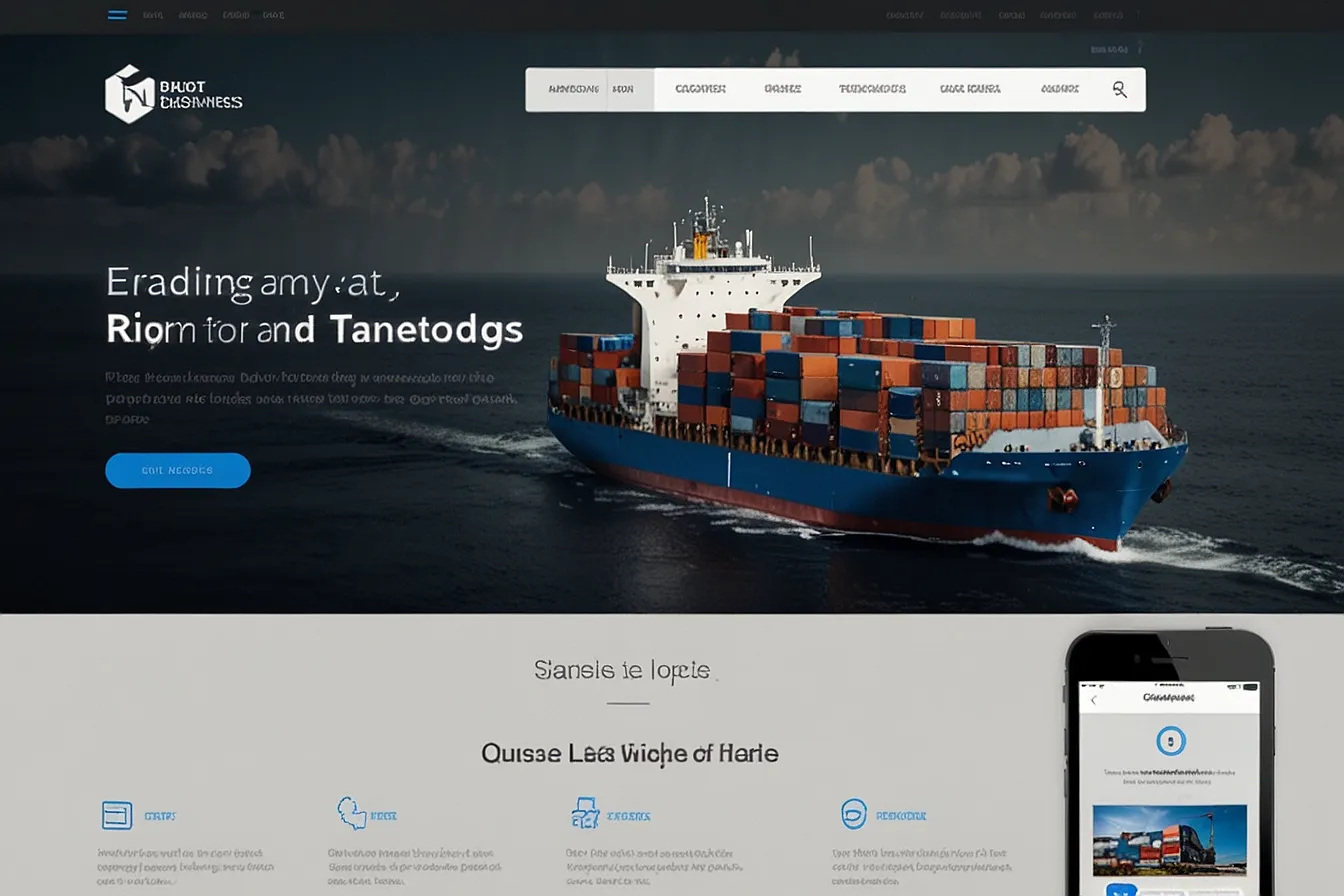Introduction
Starting an ecommerce business is exciting—until you realize how much a website costs. You might get quotes ranging from a few thousand dollars to over $50,000. Why such a huge difference? And how do you know if you’re getting a fair deal?
If you are confused about ecommerce website pricing, you’re not alone. Many entrepreneurs struggle to understand what goes into the cost and how to budget properly. Some end up overpaying for unnecessary features, while others choose cheap options that fail to deliver.
This guide breaks down everything you need to know about ecommerce website quotations. You’ll learn:
- What factors influence pricing
- Hidden costs to watch out for
- How to get the best value for your budget
- How Digimarksite can help you build a high-performing online store
By the end, you’ll be able to confidently evaluate quotes and make the right decision for your business.
The Problem: Why Ecommerce Website Pricing Is So Confusing
You ask three developers for quotes and get three wildly different numbers. One says 5,000,another5,000,another15,000, and the third $30,000. Who’s right?
The truth is, all of them could be—depending on what they’re offering. Ecommerce website pricing isn’t standardized because every business has unique needs. A simple Shopify store won’t cost the same as a custom-built marketplace.
Common Issues Faced by Business Owners
- Unclear Pricing Breakdowns – Many agencies provide vague quotes without detailing costs for design, development, and maintenance.
- Unexpected Add-Ons – You think you’re paying $10,000, but then you need extra integrations, security upgrades, or SEO—suddenly, the bill doubles.
- Cheap but Low-Quality Solutions – A $2,000 website might look good initially, but if it’s slow, insecure, or hard to manage, it’ll cost more in the long run.
- Overpaying for Unnecessary Features – Some agencies push expensive customizations you don’t actually need.
Without understanding what goes into an ecommerce website quotation, you risk wasting money or ending up with a site that doesn’t work for your business.
Agitating the Problem: The Real Cost of a Bad Ecommerce Website
A poorly built ecommerce site doesn’t just hurt your wallet—it can sink your business.
What Happens If You Choose the Wrong Option?
- Slow Loading Speed – 53% of mobile users abandon a site if it takes more than 3 seconds to load. A slow site means lost sales
- Security Vulnerabilities – Hackers target weak ecommerce sites. A single breach can cost thousands in lost revenue and legal fees.
- Poor Mobile Experience – Over 60% of online shopping happens on mobile. If your site isn’t optimized, customers will leave.
- Bad SEO & Low Traffic – If your site isn’t built with SEO in mind, Google won’t rank it. No traffic = no sales.
Many business owners regret going for the cheapest option when they realize their site can’t handle growth. Fixing mistakes later often costs more than building it right the first time.

The Solution: How to Get a Fair & Transparent Ecommerce Website Quotation
Now that you know the risks, let’s break down how to get an accurate quote that fits your needs.
Key Factors That Affect Ecommerce Website Pricing
1. Platform Choice (Shopify, WooCommerce, Magento, Custom)
- Shopify (29–29–299/month + development costs) – Best for beginners, easy to manage, but limited customization.
- WooCommerce (Free + hosting & development) – Flexible but requires more technical knowledge.
- Magento (Enterprise plans start at $22,000/year) – Powerful but expensive, best for large businesses.
- Custom-Built ($$$) – Fully tailored to your needs but takes longer and costs more.
2. Design Complexity
- Pre-Made Templates (500–500–2,000) – Affordable but less unique.
- Custom Design (3,000–3,000–10,000+) – Stands out but costs more.
3. Features & Functionality
- Basic features (product pages, cart, checkout)
- Advanced features (subscriptions, multi-currency, AI recommendations)
- Third-party integrations (payment gateways, CRM, ERP)
4. Development Time & Expertise
- Junior developers charge less but may deliver slower or lower-quality work.
- Experienced agencies cost more but ensure a professional, scalable site.
5. Ongoing Costs (Hosting, Maintenance, SEO, Updates)
Many forget to budget for:
- Hosting (50–50–500/month)
- Security & backups (300–300–1,000/year)
- SEO & marketing (varies widely)
How to Avoid Overpaying
- Compare Multiple Quotes – Get at least 3–5 detailed proposals.
- Ask for a Breakdown – Ensure you know what’s included (and what’s extra).
- Prioritize Must-Have Features – Don’t pay for unnecessary add-ons.
- Check Reviews & Past Work – Ensure the agency has experience in ecommerce.
How Digimarksite Helps You Build a High-Performing Ecommerce Website
At Digimarksite, we simplify ecommerce website development with transparent pricing and expert execution. Here’s how we help:
✅ Customized Solutions We assess your business needs and recommend the best platform.
✅ No Hidden Costs Clear pricing with detailed breakdowns.
✅ SEO Optimized Design Built to rank higher on Google.
✅ Fast & Secure Optimized for speed and protected against threats.
✅ Ongoing Support Maintenance updates and scaling as you grow.
Whether you need a simple Shopify store or a complex custom marketplace, we deliver quality at a fair price.
Conclusion
Getting an ecommerce website quotation shouldn’t feel like a guessing game. By understanding the key cost factors and avoiding common pitfalls you can make an informed decision that fits your budget and business goals.
If you are ready to build a high converting secure and scalable online store Digimarksite can help. Get in touch for a free no obligation consultation and a transparent quote tailored to your needs.
FAQ
How much does an eCommerce website cost?
The cost of an eCommerce website can range from $500 to $50,000 or more. It depends on factors like design complexity, number of products, features (like payment gateways, custom filters, or integrations), and whether it’s built on platforms like Shopify, WooCommerce, or custom-coded. Ongoing costs like hosting, maintenance, and marketing should also be considered.
What are quotes in eCommerce?
In eCommerce, quotes refer to price estimates given to customers for specific products or services — especially in B2B (business-to-business) scenarios. Instead of displaying fixed prices, businesses let customers request a quote for bulk orders, custom items, or negotiated pricing.
What is RFQ in eCommerce?
RFQ stands for “Request for Quote.” It’s a formal process used in B2B eCommerce where a buyer asks a seller to provide pricing and terms for a specific quantity of goods or services. RFQs are common in bulk purchases or customized orders.
How do you create a quote for a website?
To create a quote for a website, start by understanding the client’s needs — like number of pages, design preferences, features, platform (WordPress, Shopify, etc.), and deadlines. Then break down the pricing by design, development, content, SEO, and maintenance. Add terms, timeline, and payment structure. Present the quote in a professional PDF or proposal format.






